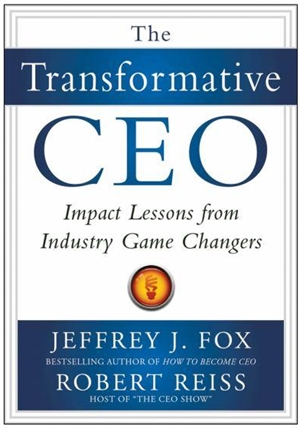Decision-Making Warning Flag 1a – The Gambler’s Fallacy

Gambler’s Fallacy
Wikipedia
Seated at a roulette table, a gambler must decide on what color to place his next bet, red or black. He knows there is a 50 percent chance of getting either red or black and that the first four spins of the wheel yielded all reds. The gambler reasons that because half of all spins should result in black and the first four were red, it is more likely the fifth spin of the roulette wheel will be black and places his bet. While his logic appears reasonable, the roulette player has just fallen victim to the Gambler’s Fallacy.
Hi there! Gain access to this article with a FREE StrategyDriven Insights Library – Sample Subscription. It’s FREE Forever with No Credit Card Required.
| Sign-up now for your FREE StrategyDriven Insights Library – Sample Subscription
In addition to receiving access to Decision-Making Warning Flag 1a – The Gambler’s Fallacy, you’ll help advance your career and business programs through anytime, anywhere access to:
Best of all, it’s FREE Forever with No Credit Card Required. |
Additional Information
Additional insight to the warning signs, causes, and results of logic errors can be found in the StrategyDriven website feature: Decision-Making Warning Flag 1 – Logic Fallacies Introduction.

 Every decision involves risk, with time underlying all mitigating factors. Some decisions occur too late, resulting in the forfeiture of a situational opportunity, competitive advantage, or adverse outcome avoidance. Other decisions are made too quickly, unnecessarily increasing risk because of diminished data gathering and contemplation that better informs the choice.
Every decision involves risk, with time underlying all mitigating factors. Some decisions occur too late, resulting in the forfeiture of a situational opportunity, competitive advantage, or adverse outcome avoidance. Other decisions are made too quickly, unnecessarily increasing risk because of diminished data gathering and contemplation that better informs the choice. All choices require the decision-maker to deal with a degree of uncertainty and ambiguity. Many times the information needed to make the highest quality decision simply does not exist, is unavailable to the decision-maker, or cannot be identified within the decision’s needed timeframe. Consequently, these information gaps are filled with assumptions – the best educated guesses of the decision-maker and his or her team – in order to allow the decision-making process to move forward. These assumptions necessarily contribute to the uncertainty surrounding the decision and therefore must be treated carefully.
All choices require the decision-maker to deal with a degree of uncertainty and ambiguity. Many times the information needed to make the highest quality decision simply does not exist, is unavailable to the decision-maker, or cannot be identified within the decision’s needed timeframe. Consequently, these information gaps are filled with assumptions – the best educated guesses of the decision-maker and his or her team – in order to allow the decision-making process to move forward. These assumptions necessarily contribute to the uncertainty surrounding the decision and therefore must be treated carefully. Decision-making always possesses an element of uncertainty. And as the complexity of a decision increases, so does the risk of miscommunication, execution error, unanticipated conditions, and unintended consequences. StrategyDriven encourages the employment of a devil’s advocate to help mitigate such risks. (See StrategyDriven‘s best practice article –
Decision-making always possesses an element of uncertainty. And as the complexity of a decision increases, so does the risk of miscommunication, execution error, unanticipated conditions, and unintended consequences. StrategyDriven encourages the employment of a devil’s advocate to help mitigate such risks. (See StrategyDriven‘s best practice article –  The Transformative CEO: Impact Lessons from Industry Game Changes
The Transformative CEO: Impact Lessons from Industry Game Changes